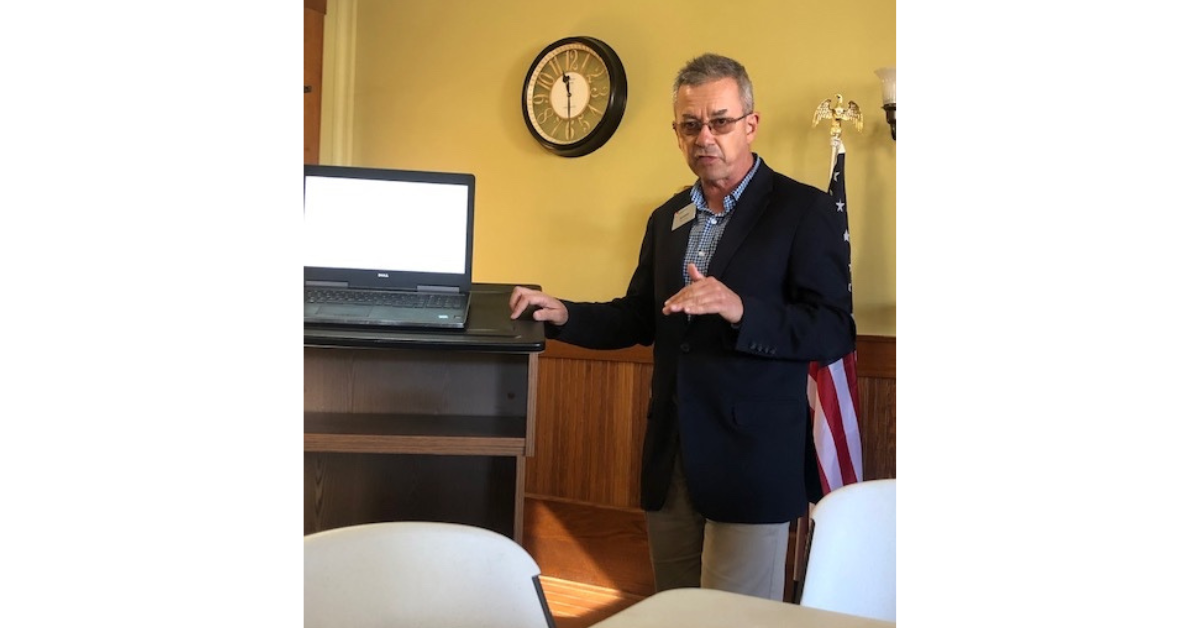By Carol Johnson, Southern Indiana Business Report
Gas prices, food prices, interest rates. Consumers are feeling the pinch and there doesn’t seem to be much relief in sight.
The Great Recession of 2007-09 was tied to the rise and fall of the housing market. Now, 15 years later with consumers facing high prices at every turn, the question on many minds is, “Are we headed for another recession?”
Despite ample data studied by bank CEOs and economists, the answer is not easy to pin down.
The US economy grew 2.6% from July to September after contracting 1.6% in the first quarter but even that wasn’t enough to quell concerns that the economy remains shaky.
Recently, a professor of economics from IU Southeast in New Albany spoke to the Jasper Chamber of Commerce about what indicators he’s seeing that the nation could be heading toward a recession.
He believes a recession is likely, but it will be mild and likely occur in the first quarter of 2023.
Urick Dufrene, interim executive Vice Chancellor for Academic Affairs, looked at several factors:
- Labor markets
- Manufacturing
- Consumers
- Inflation
Much of the economy’s vitality, he said, is tied to the labor force. Currently, there are 2.35 million prime age (25-54) workers unemployed and sitting on the sidelines. Dufrene said large numbers of the unemployed need to get back to work. An expanding labor force will alleviate some of the supply chain issues that arose during the COVID pandemic and are still felt today.
“For every unemployed person, there are 1.7 job openings nationwide,” he said.
Examples of the tight labor market can be seen at large retailers where self checkout has become commonplace, he said.
Many may grumble that self checkout is one less job, but Dufrene said the reality is self checkouts are increasing because of the labor shortage.
Manufacturing has slowed down but during COVID consumers bought more, leading to shortages of goods. For instance, the supply of automobiles still hasn’t returned to pre-COVID levels, he said.
Consumers stuck at home did their fair share of shopping, but with restrictions in place, consumers spent less and saved more, thanks, in part to federal stimulus checks.
Once restrictions eased, consumers returned to their pre-Covid spending habits, Dufrene said, and the rate of savings has gone down.
Now consumer confidence is waning again. Filling up a gas tank for $100 isn’t good for consumers’ moods, Dufrene said. And add to that food prices. Food prices have increased 13% compared to last year, the largest one-year increase in about 40 years, according to a cost comparison by Michigan State University.
Jobless claims
Historically, unemployment claims have been a strong indicator of a recession, he said. If jobless claims reach 350,000, the economy is in a recession. Currently claims are steady at 200,000.
The word recession usually means businesses will close and workers will lose jobs. Dufrene said he doesn’t believe that will be the case. The good news, he said, is this next recession will be mild and won’t last as long as the Great Recession.
“It’s not going to be a severe recession,” Dufrene said. “In fact it won’t feel like a recession for some households because consumers are in much better shape than in previous recessions.”



